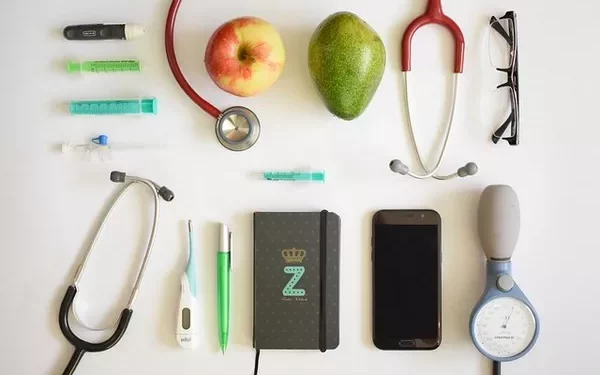Researchers have identified circulating microRNAs as potential predictors of treatment response in young individuals with type 2 diabetes, marking a significant advancement in diabetes research. This study, led by Jeanie Tryggestad from the University of Oklahoma College of Medicine, is the first to investigate the role of microRNAs in predicting disease progression and treatment outcomes in young diabetes patients.
MicroRNAs, which influence insulin-producing beta cells in the pancreas, were found to be nearly as effective as traditional methods like A1C measurements in forecasting treatment success. Specifically, they were capable of predicting both the likelihood of treatment failure, defined by elevated A1C levels or a return to insulin therapy, and a 20% decline in beta cell function over a six-month period.
“These findings provide a new layer of insight into the mechanisms underlying type 2 diabetes in youth,” noted Tryggestad. “Understanding how microRNAs affect beta cell function is crucial for developing targeted prevention and treatment strategies.”
The study, involving 699 participants, underscores the urgency of addressing the rising prevalence of type 2 diabetes among children and adolescents. In the United States alone, the incidence of this condition is projected to increase by 700% by 2060, highlighting the pressing need for effective predictive tools and therapeutic interventions.
Tryggestad emphasized the significance of microRNAs in clinical research, stating, “While glucose and A1C remain pivotal markers for clinicians, microRNAs offer valuable mechanistic insights that can guide future therapeutic approaches. This newfound understanding represents a pivotal step toward mitigating the aggressive nature of type 2 diabetes in young populations.”
This research not only enhances our understanding of beta cell dysfunction but also underscores the potential of microRNAs as biomarkers for personalized diabetes care strategies. As efforts continue to combat the diabetes epidemic, insights from studies like these pave the way for more targeted and effective interventions.
Related topics:
New Tool Shows Promise in Tackling Type 2 Diabetes
More than 1 Million Australians with Diabetes Can’t Access a Subsidy for Costly ‘Life-Saving’ Device

























